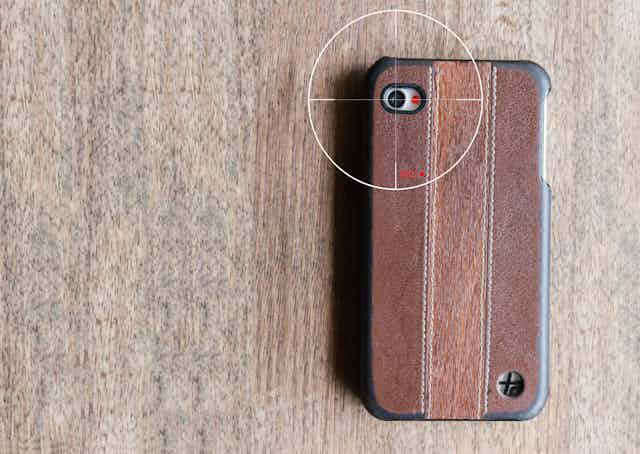Nine’s 60 Minutes program recently aired surveillance footage appearing to show Victorian minister Adem Somyurek, an upper house MP in the Andrews government and a member of the ALP national executive, preparing a folder of cash along with dozens of party membership forms for the alleged purpose of branch stacking.
The program also aired recordings in which Somyurek disparaged his colleagues, including Premier Daniel Andrews, and other office staff. Apparently, the tapes were recorded over the past 12 months. It is not clear how this was done, or who made and released them.
Read more: Explainer: what is branch stacking, and why has neither major party been able to stamp it out?
The recriminations were fast and furious. Andrews immediately sacked Somyurek from his cabinet, and referred the matter to the police and the state’s anti-corruption commission, IBAC. Two more ministers have since resigned pending an investigation.
In a statement, Somyurek claimed he had been a victim of an illegality:
It is clear that I was taped and surveilled in a federal electorate office without my knowledge and that this material was published without my knowledge of its existence or my consent […] The conversations published without my knowledge or consent were with someone who I trusted about internal party matters […] I will be taking steps to seek a police investigation into these matters.
Does he have a valid argument? Are his private conversations protected?
To answer these questions, we need to look at the laws that regulate surveillance devices such as cameras and microphones. Unsurprisingly, the law is a patchwork of some federal but mainly state and territory legislation.
All Australian jurisdictions have laws regulating the use of listening devices, some for the past 50 years. Each of these statutes makes it an offence to listen to or record a private conversation using a listening device.
Broadly speaking, it is illegal to install a listening device without an appropriate police warrant. It is an offence in all jurisdictions to broadcast a recording of a taped conversation or publish the information from it.
Indeed, a person may be committing an offence in some jurisdictions by simply possessing a report that contains a summary of the contents of the recording. Most jurisdictions have now expanded their legislation to embrace cameras and CCTV, too, under the broader term “surveillance devices”.
Most relevant for our purposes is the Victorian Surveillance Devices Act 1999. This law protects a “private conversation” from surveillance. And that protection extends to the broadcasting of any recording.
A private conversation is one that is “carried on in circumstances that may reasonably be taken to indicate that the parties to it desire it to be heard only by themselves”.
So far, so good, for Somyurek.
But as Nine’s lawyers would have advised the 60 Minutes producers, all Australian legislation provides for a public policy exception. For example, this may apply where surveillance is designed to protect the lawful interests of the person making the recording. It may also apply where it appears activities are being carried out for nefarious purposes, such as an alleged abuse of ministerial office.
Section 7(2) allows a defence to the charge of installing and monitoring a surveillance device if the installation, use or maintenance is reasonably necessary for the protection of any person’s lawful interests. That’s a very broad defence.
And section 11(2) allows a communication of any recording for a “publication that is no more than is reasonably necessary in the public interest”.
This same “public interest” defence would apply to the publication of the internal briefing with Rio Tinto staff last week following the destruction of an ancient Aboriginal site at Juukan Gorge.
Read more: Is the government's coronavirus app a risk to privacy?
This tape was leaked to The Australian Financial Review. The lawyers arguing for the release of a private recording of a company meeting would argue (if challenged) that the testy interactions heard therein indicated the views of Rio employees about the company’s unapologetic stance on the destruction of the site.
In this instance, the “public interest” arguably relates not only to the authorisation of the blast, but also the reputation of all members of staff who are seen as representatives of Rio Tinto and its values.
Applying the public interest defence in the Somyurek and Rio Tinto cases, one could argue, has led to appropriate outcomes. But these laws and the protections they are designed to offer need improvement. The variety of offences, and the breadth and length of the numerous defences in each jurisdiction, all illustrate the awkward consequences of state and territory governments failing to pursue uniform legislation.
This multitude of approaches leaves Australian surveillance laws (including laws regulating telephone tapping, internet snooping and metadata surveillance) complicated and confusing. This applies not only in matters like those discussed above, but also to what is and what is not permitted in relation to workplace surveillance.
It is high time that attorneys-general (state and federal) around Australia came together to craft a consistent approach to surveillance device laws.

